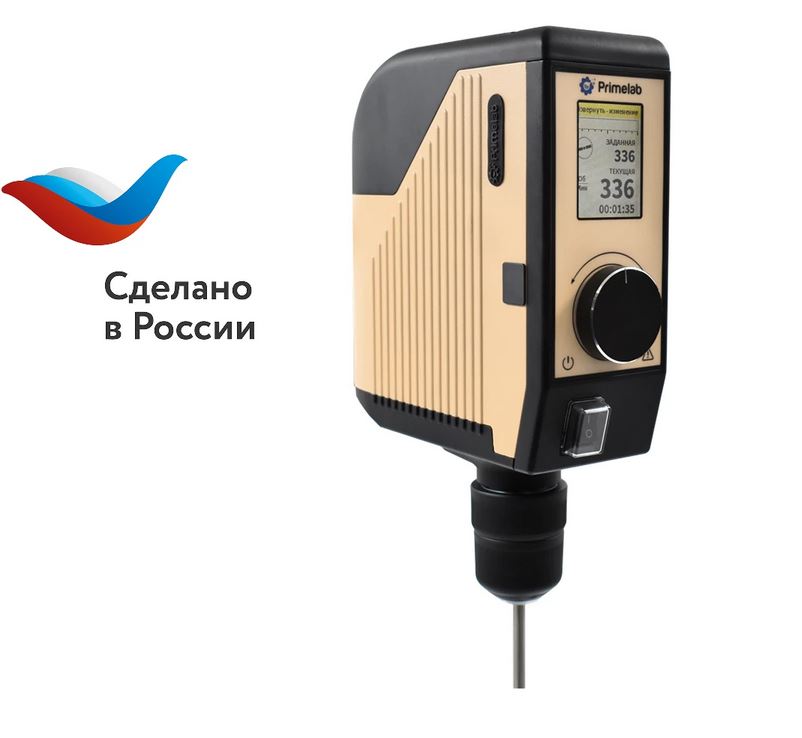Catalog
Search
3939 products
View:
- Selected: 0Areas of use
- Selected: 0Item names
- Selected: 0Manufacturer
- Selected: 0Made in
- Selected: 0Additional
View:
3939 products
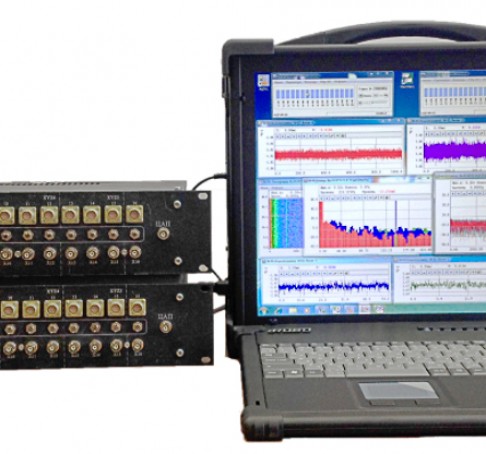
Vibration measuring systems VIS-32
Designed for:
provision of multichannel synchronous measurements (together with primary transducers) of vibroacoustic characteristics and characteristics of the external hydroacoustic field of marine objects using spectral correlation (including mutual) analysis.
providing the possibility of connecting measuring transducers of various physical quantities with various types of pre-amplifiers, including current, voltage, charge amplifier, converters with integrated ICP type electronics (IEPE, Delta Tron).
VNIIFTRI
Mendeleevo
Produced in: Mendeleevo, Moscow region
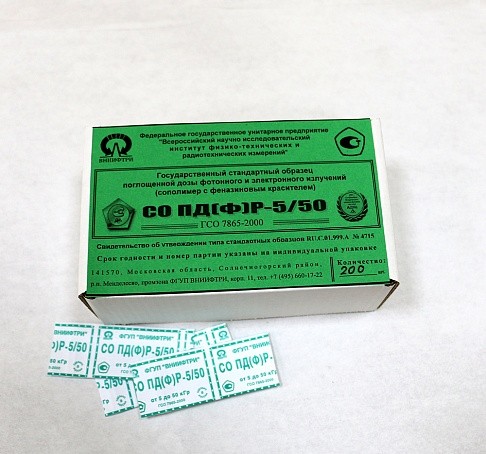
SO PD(F)P-5/50. Standard sample of absorbed dose of photonic and electronic radiation
VNIIFTRI
Mendeleevo
Produced in: Mendeleevo, Moscow region
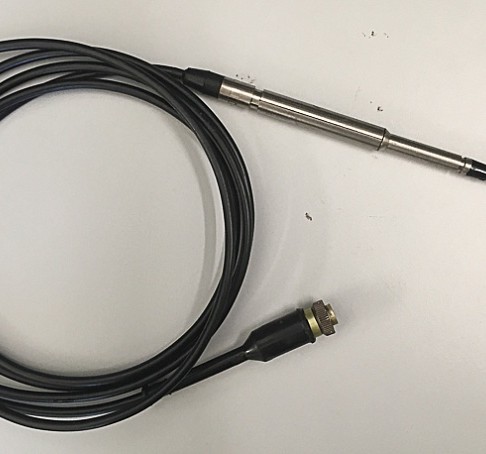
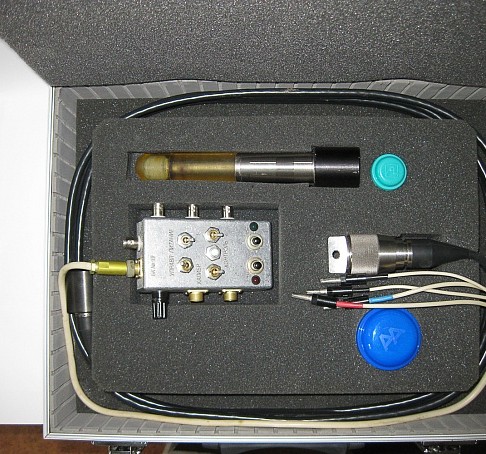

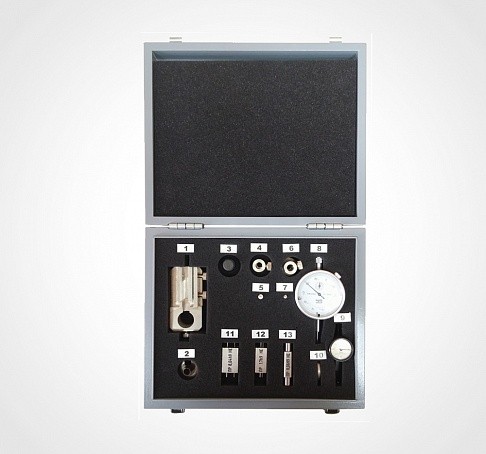
Kit for measuring coaxial connectors KISK-7M
from
178 000 ₽
VNIIFTRI
Mendeleevo
Produced in: Mendeleevo, Moscow region

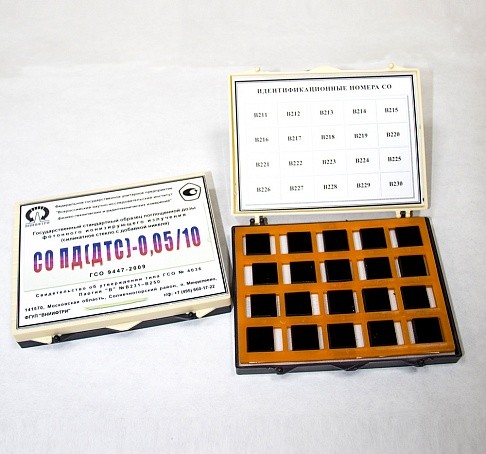
SO PD(DTS) 0.05/10. Standard sample of the absorbed dose of photon radiation
VNIIFTRI
Mendeleevo
Produced in: Mendeleevo, Moscow
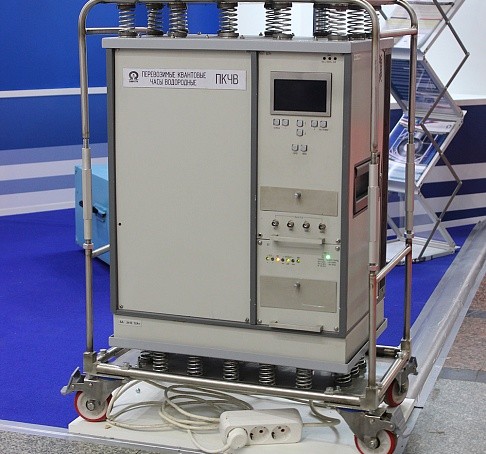
Transportable hydrogen quantum clock PKCHV-M "SAPPHIRE"
Designed for:
comparisons of time scales of geographically separated objects;
time scale formation and storage;
formation of highly stable signals with frequencies of 5 MHz, 10 MHz, 100 MHz;
measurement of the difference in time scales of spatially spaced time standards located at a distance of up to 1000 km with an error of no more than 2 ns;
measuring the frequency of reference signals of remote standards, as well as determining the parameters of instability of their frequencies and spectral characteristics of signals;
time scale storage and a source of a reference highly stable signal on mobile and stationary objects.
VNIIFTRI
Mendeleevo
Produced in: Mendeleevo, Moscow region
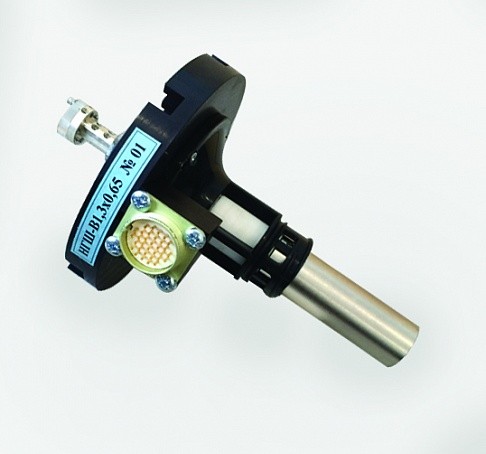
NGSH V1.3 x 0.65 low-temperature noise generator
Designed for:
use as the primary reference of the spectral power of the noise radio emission SPMSH in the frequency range 140-220 GHz;
use as a source of noise signal in the mm wavelength range for use with radio equipment;
measuring the noise coefficient of receivers, amplifiers, for tuning and adjusting electronic devices.
VNIIFTRI
Mendeleevo
Produced in: Mendeleevo, Moscow region

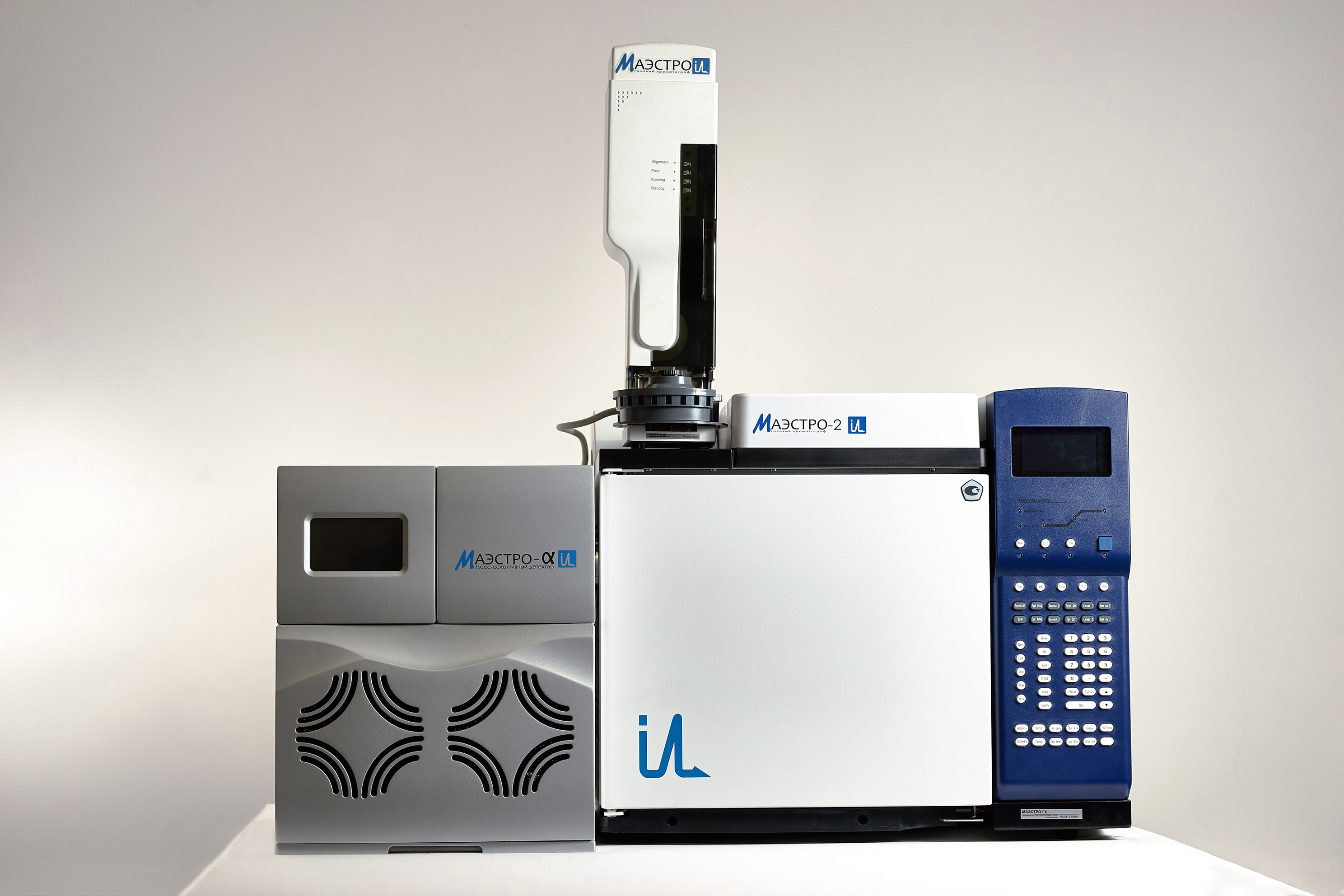
MAESTRO-αMS gas chromatograph by Interlab
We offer expert laboratories of physicochemical methods of analysis a gas chromatograph with a quadrupole mass spectrometric detector «MAESTRO-αMS». Quadrupole GC-MS «MAESTRO-αMS» is in demand for targeted research (screening) and non-targeted search. In targeted studies, it is necessary to detect given target compounds in samples of various nature and origin at the level of residual amounts, for example, several picograms of the target compound in the injected 1 μl of liquid sample. Most often, targeted research is carried out in the following areas of laboratory screening: ecology, food safety, clinical monitoring, narcology, doping control, production control of various raw materials. In targeted studies, it is often required not only to confirm the presence of a compound in a sample, but also to determine the level of its content quantitatively, since both the list of target compounds and the permissible level of their presence in the sample are specified by regulatory documents. Quantitative analysis requires standards for the substances you are looking for. When conducting a non-target search, as a rule, it is required to analyze a sample of unknown composition, in other words, to find as many compounds as possible in the sample and identify (identify) each of them. Since the identification of a detected compound is carried out by comparing its experimental mass spectrum with the spectrum of a pure substance obtained under standard conditions, this task requires reference libraries of mass spectra of pure substances, as well as tools for working with mass spectra, for example: algorithms for cleaning experimental mass spectra from background and spectral noise (mass spectrum deconvolution algorithms), library search and comparison algorithms. An off-target search is called a qualitative analysis, since the researcher is primarily interested in the list of detected substances, and not in the quantitative assessment of their content in the sample. When creating MAESTRO-αMS, we took into account our own many years of experience in operating imported analogues. We have made the device inexpensive. We have made the device compact: The modern design of the device made it possible to make the MAESTRO-αMS really compact, so that the device occupies the smallest possible area on the laboratory table. The layout of the device allows you to remove the ion source on the front flange for cleaning and replacing the cathodes, if necessary. We have reduced the cost of operation: When developing the MAESTRO-αMS, we sought to increase the resistance of the device to sample matrices and use a minimum of consumable materials in order to eliminate downtime for maintenance and replacement. As a result, we have created an extremely stable ion source and a perpetual photomultiplier detector. We have created special software: Even at the first acquaintance with the software, it becomes obvious that being in the window of each button and each parameter to be changed is expedient and logical. Our software product was created for the convenience of the operator, so we implemented the necessary and eliminated the unnecessary. We used the principle of one active window, in which the operator moves sequentially step by step, performing hardware settings, setting the data collection method, subsequent processing algorithms, templates for presenting the results. MAESTRO-αMS offers a wide range of scanning modes, built-in algorithms for working with mass spectral data, convenient unloading of initial data arrays for their processing in specialized software packages, graphics export for presentations and scientific publications. You can use several libraries of mass spectra at the same time, or create your own for your typical tasks. Finally, we provide a 5-day training course for professionals who want to understand the theoretical foundations of the method and their implementation in the hardware of modern quadrupole GC/MS. The volume and depth of presentation of the material from the developers of the device is intended to lay the foundation for the effective use of «MAESTRO-αMS» in the future. Some technical characteristics of MAESTRO-αMS: • Instrumental detection limit (SIM, OFN @272 m/z ) < 10 fg; • Scan modes: scan for selected ions, full scan in a given mass range, combined scan mode; • The number of simultaneously connected libraries of mass spectra is at least 10.
INTERLAB
Moscow
Produced in: Moscow
